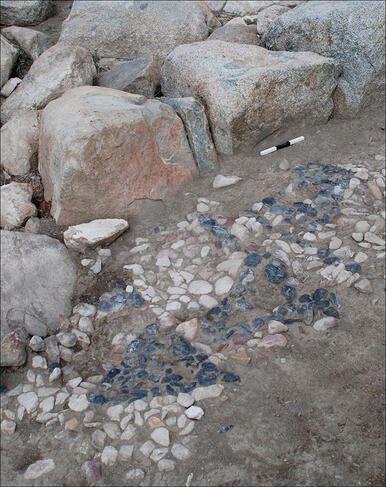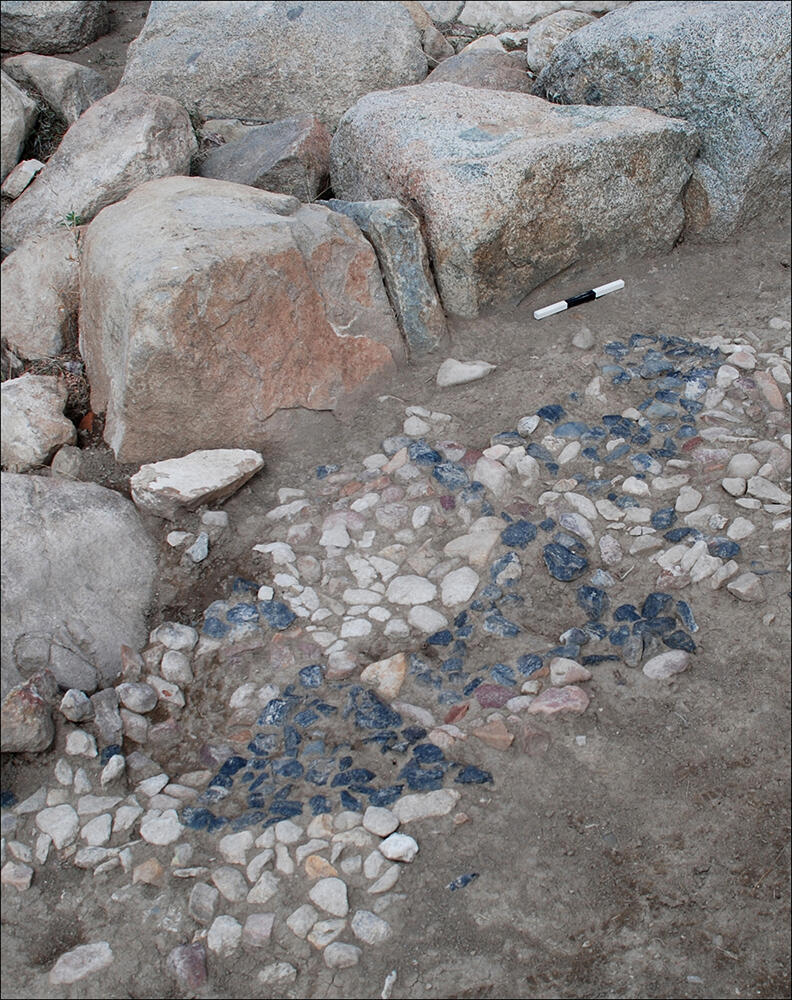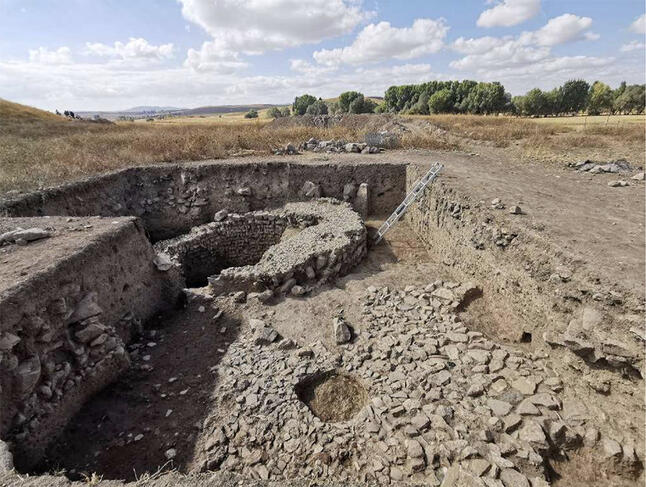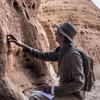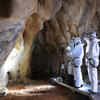You are here
The holy Hittite city of Zippalanda finally identified
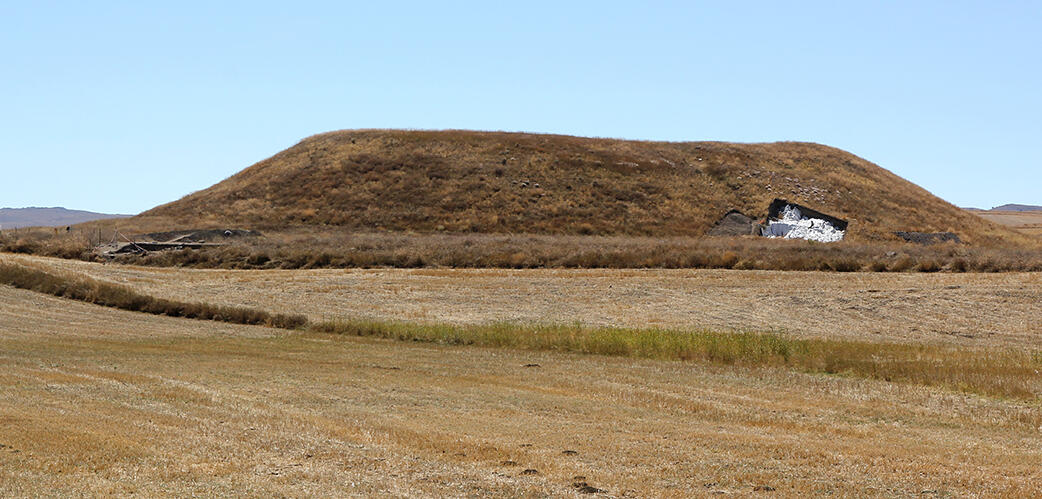
In the first half of the 2nd millennium, Zippalanda was the centre of the cult dedicated to the Storm god, who was the son of the Storm god of Hatti and the Sun goddess of the Earth. The archives of Hattusha, the Hittite capital, describe the festivities organised in honour of the god, in which the king took part. In fact, he had a residence in Zippalanda for this very purpose.
Despite the importance of this city in the religion of the Hittites, until the end of 2022 there was some uncertainty about its actual location. Different places had been proposed, all located in central Anatolia. At Alaca höyük, in Turkey's Çorum province, archaeologists had unearthed orthostats showing a religious ritual involving the royal couple and suggesting the site's importance as a place of worship. Another candidate was Çadır höyük, in Yozgat province, not far from Mount Kerkenes, which according to Hittite sources corresponds to Mount Taha, the sacred mountain of the Storm god of Zippalanda.
A third hypothesis first put forward in the 1990s placed Zippalanda at Uşaklı höyük, and this now appears to have been confirmed by recent discoveries. The site is located 20 km east of Yozgat, in a narrow valley north of Mount Kerkenes. Over the past ten years, it has been excavated by an Italian-Turkish mission led by archaeologists from the University of Pisa (Italy). Settled since the end of the 3rd millennium, it reached its peak during the Hittite period, in the middle of the 2nd millennium.
During recent excavations, archaeologists unearthed the remains of several monumental buildings, including a palace and the city's main temple, presumably dedicated to the Storm god, as well as several fragments of cuneiform tablets in Hittite dating from the 14th and 13th centuries BC.
In 2018, a public building from the late Bronze Age with the typical layout of a Hittite temple was uncovered on the lower terrace. To the east of the building there is a courtyard whose floor is covered with a mosaic made of pebbles arranged in a chequered pattern. It is one of the oldest known mosaics.
During the 2022 campaign, a circular stone structure built on the slope was unearthed north of the city's main temple, near the river that flows just below the ramparts. This unusual structure probably had a ritual function, since its centre was filled with animal remains and fragments of ceramics, suggesting offerings to a deity. A Hittite ritual mentioning the Storm god of Zippalanda, which was intended to protect the life of the royal couple, consisted in sacrificing animals in a pit called a “hattessar”, located by a river.
In addition to the fact that the site is situated near the sacred mountain of the Storm god of Zippalanda, the connection between the circular structure and its contents with this Hittite ritual confirms the identification of Uşaklı höyük as the location of the Hittite city of Zippalanda.
No doubt this promising site holds many more discoveries in store for the Italian and Turkish archaeological teams.
Explore more
Author
Assyriologist, senior researcher at the CNRS in laboratoire Archéologies et Sciences de l’Antiquité


